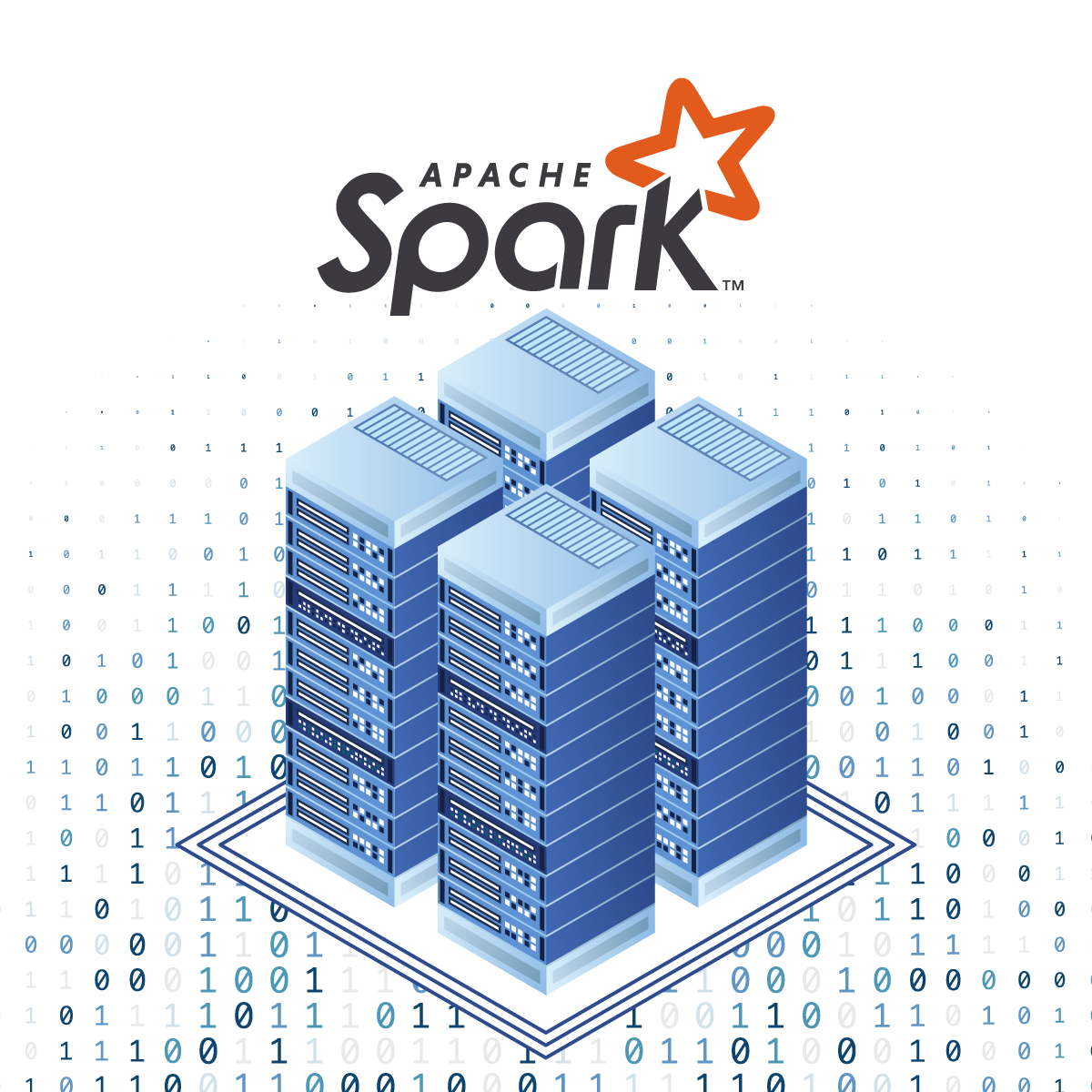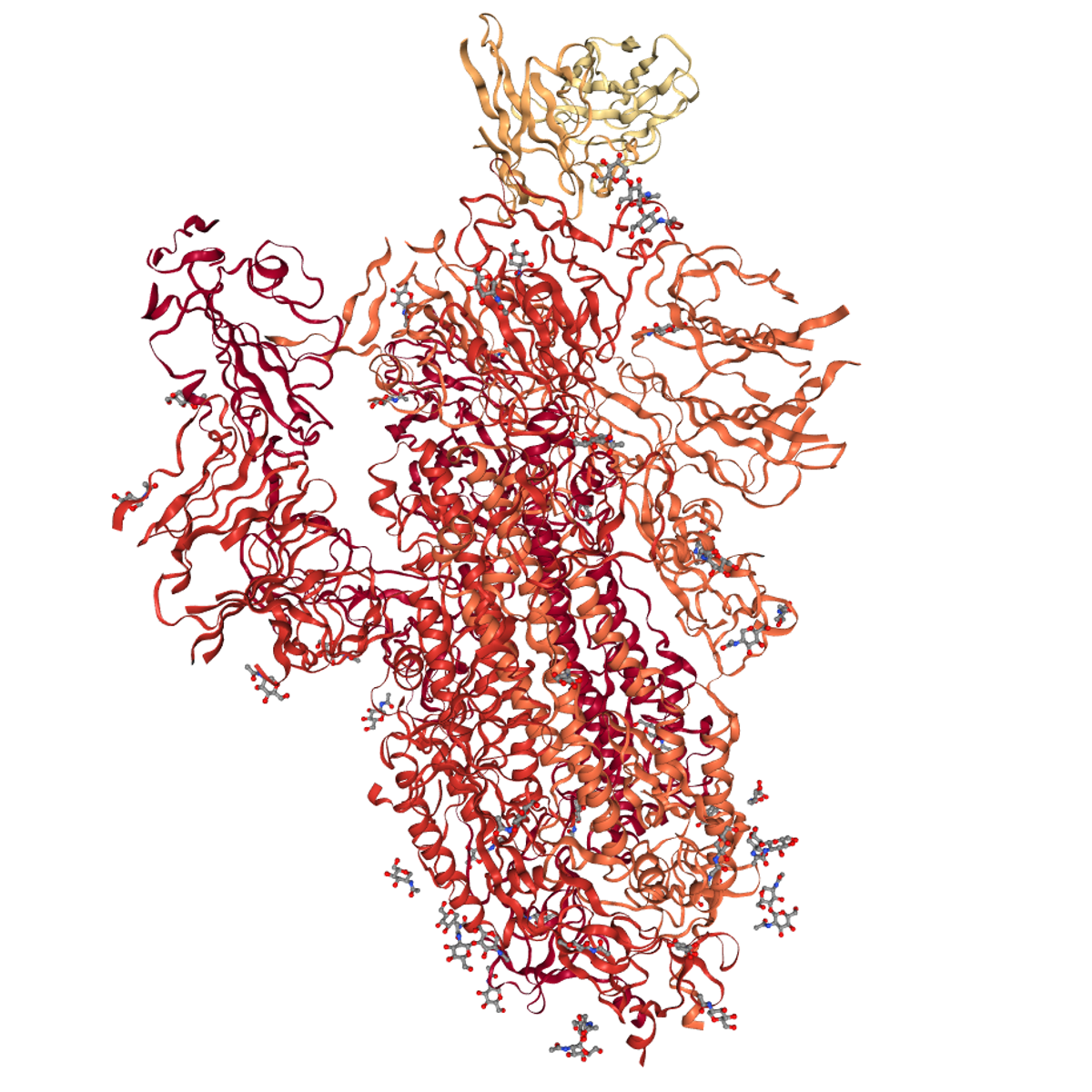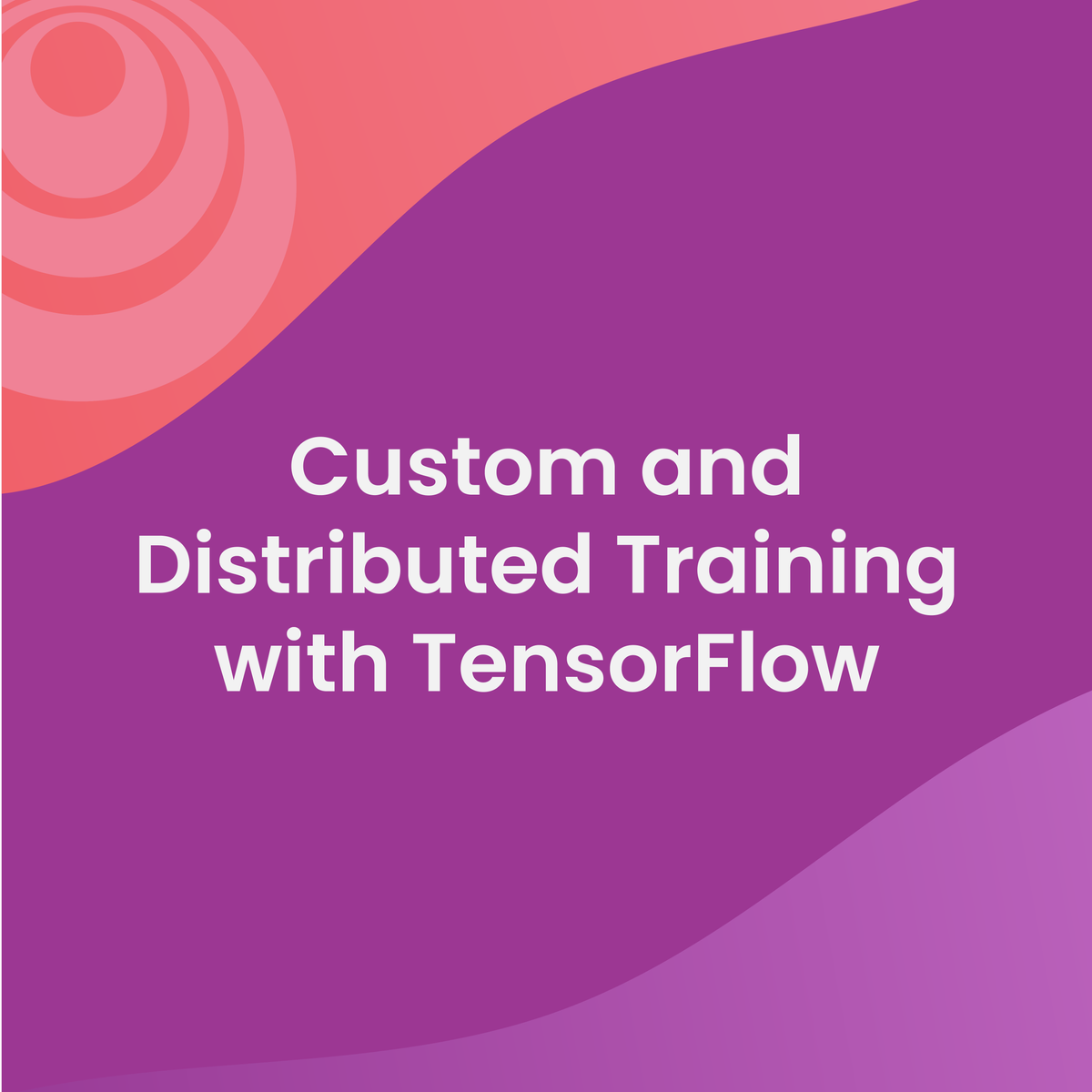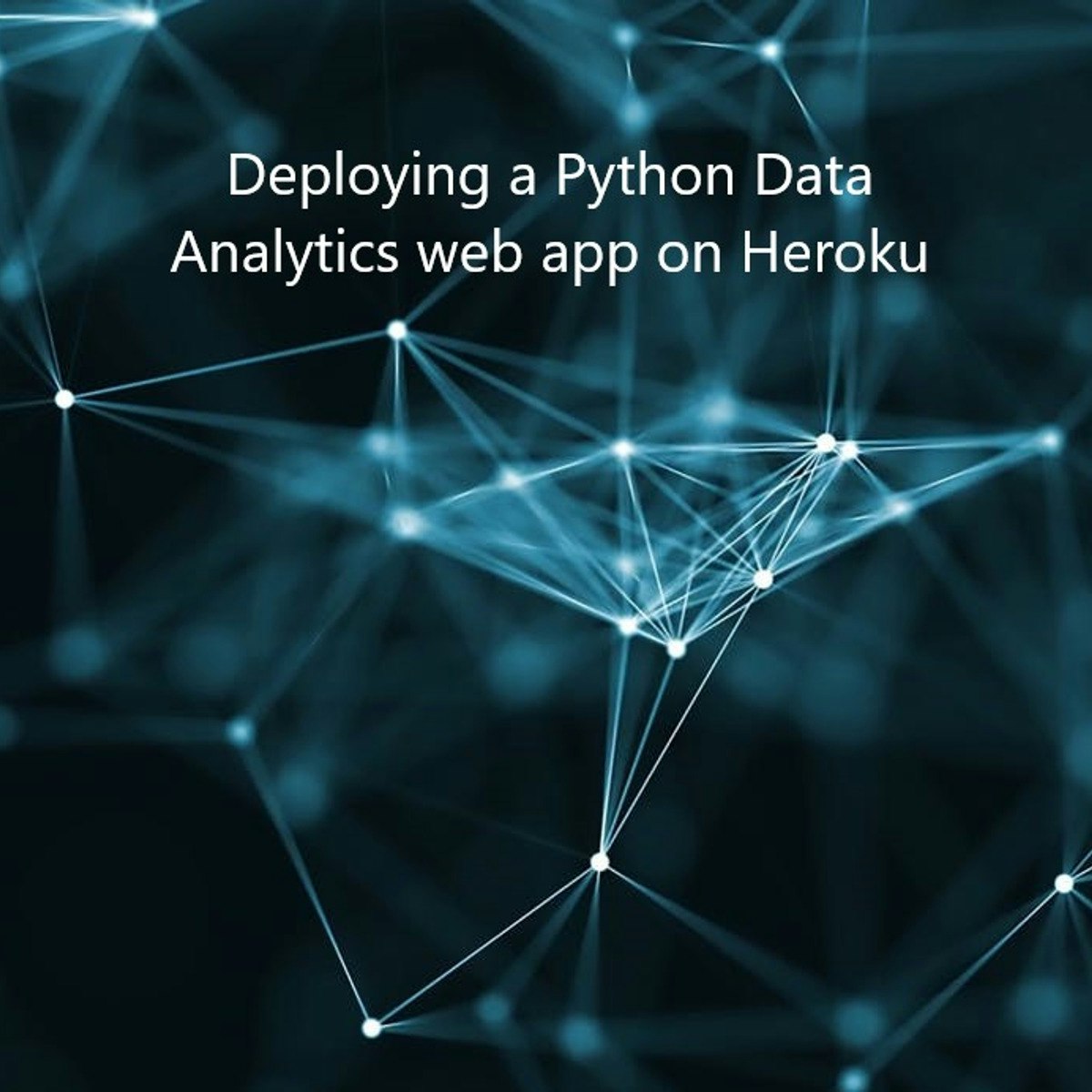Back to Courses






Data Science Courses - Page 141
Showing results 1401-1407 of 1407

Python and Machine Learning for Asset Management
This course will enable you mastering machine-learning approaches in the area of investment management. It has been designed by two thought leaders in their field, Lionel Martellini from EDHEC-Risk Institute and John Mulvey from Princeton University. Starting from the basics, they will help you build practical skills to understand data science so you can make the best portfolio decisions.
The course will start with an introduction to the fundamentals of machine learning, followed by an in-depth discussion of the application of these techniques to portfolio management decisions, including the design of more robust factor models, the construction of portfolios with improved diversification benefits, and the implementation of more efficient risk management models.
We have designed a 3-step learning process: first, we will introduce a meaningful investment problem and see how this problem can be addressed using statistical techniques. Then, we will see how this new insight from Machine learning can complete and improve the relevance of the analysis.
You will have the opportunity to capitalize on videos and recommended readings to level up your financial expertise, and to use the quizzes and Jupiter notebooks to ensure grasp of concept.
At the end of this course, you will master the various machine learning techniques in investment management.

Introduction to Big Data with Spark and Hadoop
Bernard Marr defines Big Data as the digital trace that we are generating in this digital era. In this course, you will learn about the characteristics of Big Data and its application in Big Data Analytics. You will gain an understanding about the features, benefits, limitations, and applications of some of the Big Data processing tools. You’ll explore how Hadoop and Hive help leverage the benefits of Big Data while overcoming some of the challenges it poses.
Hadoop is an open-source framework that allows for the distributed processing of large data sets across clusters of computers using simple programming models. Hive, a data warehouse software, provides an SQL-like interface to efficiently query and manipulate large data sets residing in various databases and file systems that integrate with Hadoop.
Apache Spark is an open-source processing engine that provides users new ways to store and make use of big data. It is an open-source processing engine built around speed, ease of use, and analytics. In this course, you will discover how to leverage Spark to deliver reliable insights. The course provides an overview of the platform, going into the different components that make up Apache Spark.
In this course, you will also learn about Resilient Distributed Datasets, or RDDs, that enable parallel processing across the nodes of a Spark cluster.

Access Bioinformatics Databases with Biopython
In this 1-hour long project-based course, you will learn how to access, parse, and visualize data from various bioinformatics sequence and structural online databases such as ENTREZ, PDB, KEGG and NCBI using Biopython.
You will also interact with various bioinformatics file formats such as FASTA, PDB, GENBANK and XML along with various parsers to read and modify these files using Biopython.
Note: This course works best for learners who are based in the North America region. We’re currently working on providing the same experience in other regions.

Custom and Distributed Training with TensorFlow
In this course, you will:
• Learn about Tensor objects, the fundamental building blocks of TensorFlow, understand the difference between the eager and graph modes in TensorFlow, and learn how to use a TensorFlow tool to calculate gradients.
• Build your own custom training loops using GradientTape and TensorFlow Datasets to gain more flexibility and visibility with your model training.
• Learn about the benefits of generating code that runs in graph mode, take a peek at what graph code looks like, and practice generating this more efficient code automatically with TensorFlow’s tools.
• Harness the power of distributed training to process more data and train larger models, faster, get an overview of various distributed training strategies, and practice working with a strategy that trains on multiple GPU cores, and another that trains on multiple TPU cores.
The DeepLearning.AI TensorFlow: Advanced Techniques Specialization introduces the features of TensorFlow that provide learners with more control over their model architecture and tools that help them create and train advanced ML models.
This Specialization is for early and mid-career software and machine learning engineers with a foundational understanding of TensorFlow who are looking to expand their knowledge and skill set by learning advanced TensorFlow features to build powerful models.

Optimizing Machine Learning Performance
This course synthesizes everything your have learned in the applied machine learning specialization. You will now walk through a complete machine learning project to prepare a machine learning maintenance roadmap. You will understand and analyze how to deal with changing data. You will also be able to identify and interpret potential unintended effects in your project. You will understand and define procedures to operationalize and maintain your applied machine learning model. By the end of this course you will have all the tools and understanding you need to confidently roll out a machine learning project and prepare to optimize it in your business context.
To be successful, you should have at least beginner-level background in Python programming (e.g., be able to read and code trace existing code, be comfortable with conditionals, loops, variables, lists, dictionaries and arrays). You should have a basic understanding of linear algebra (vector notation) and statistics (probability distributions and mean/median/mode).
This is the final course of the Applied Machine Learning Specialization brought to you by Coursera and the Alberta Machine Intelligence Institute (Amii).

Deploying a Python Data Analytics web app on Heroku
Welcome to the “Deploying a Python data analytics web app on Heroku” guided project.
This project is for anyone interested in breaking or transitioning into the data science field and hopes to build a portfolio that stands out with unique projects. In this project we’re going to be building and deploying a python data analytics web application leveraging the General Social Survey data, which collects information and records of behaviours, experiences and opinions of residents of the Us and is funded by the National Science Foundation, particularly finding the correlation between education, income and happiness for US residents in 2016.
At the end of this project, learners will be able to deploy a python data analytics website using Python, Streamlit, Git and Heroku that they can show to potential hiring managers and recruiters as part of their portfolio.

Problem Solving with Excel
This course explores Excel as a tool for solving business problems. In this course you will learn the basic functions of excel through guided demonstration. Each week you will build on your excel skills and be provided an opportunity to practice what you’ve learned. Finally, you will have a chance to put your knowledge to work in a final project. Please note, the content in this course was developed using a Windows version of Excel 2013.
This course was created by PricewaterhouseCoopers LLP with an address at 300 Madison Avenue, New York, New York, 10017.
